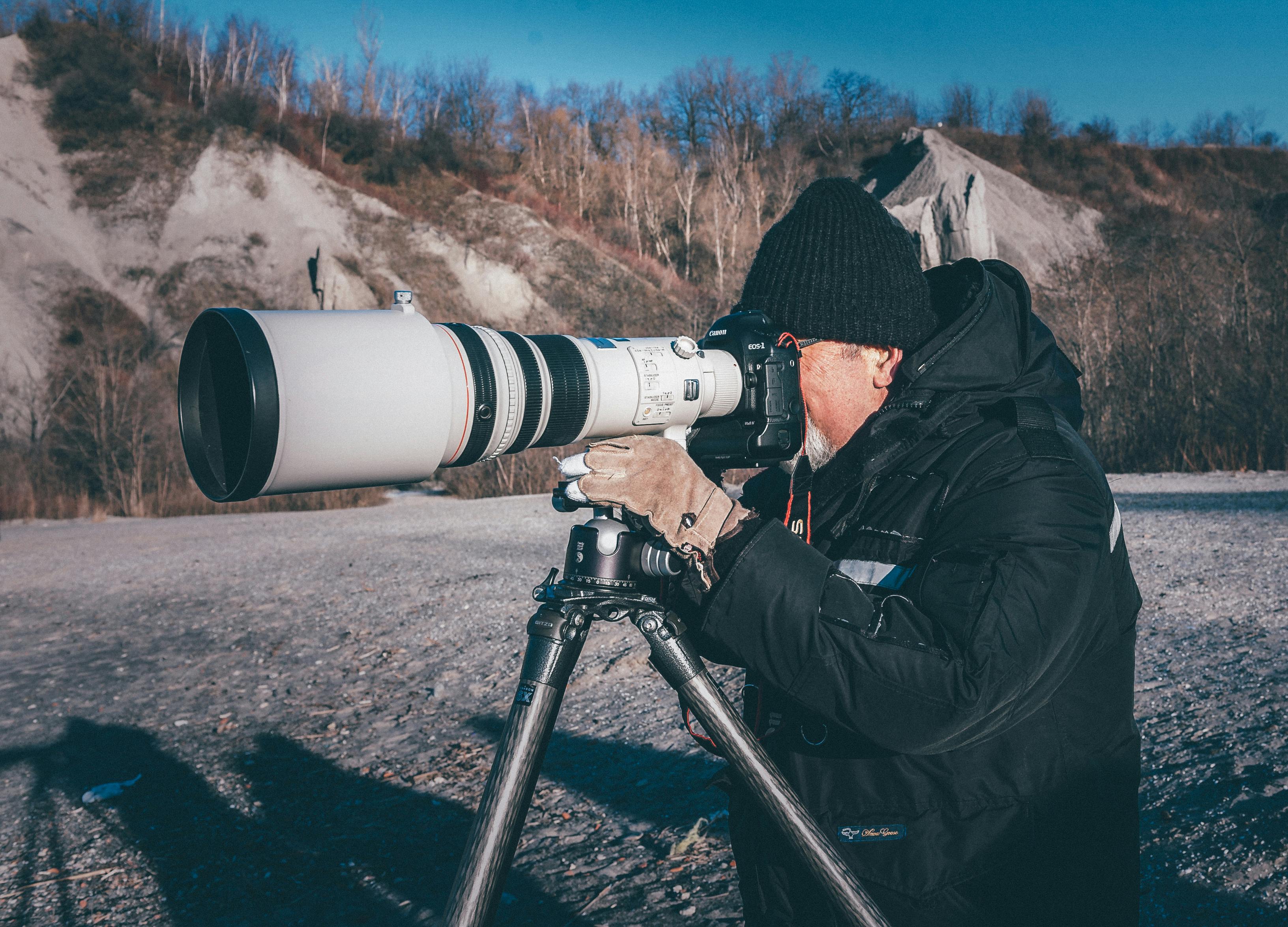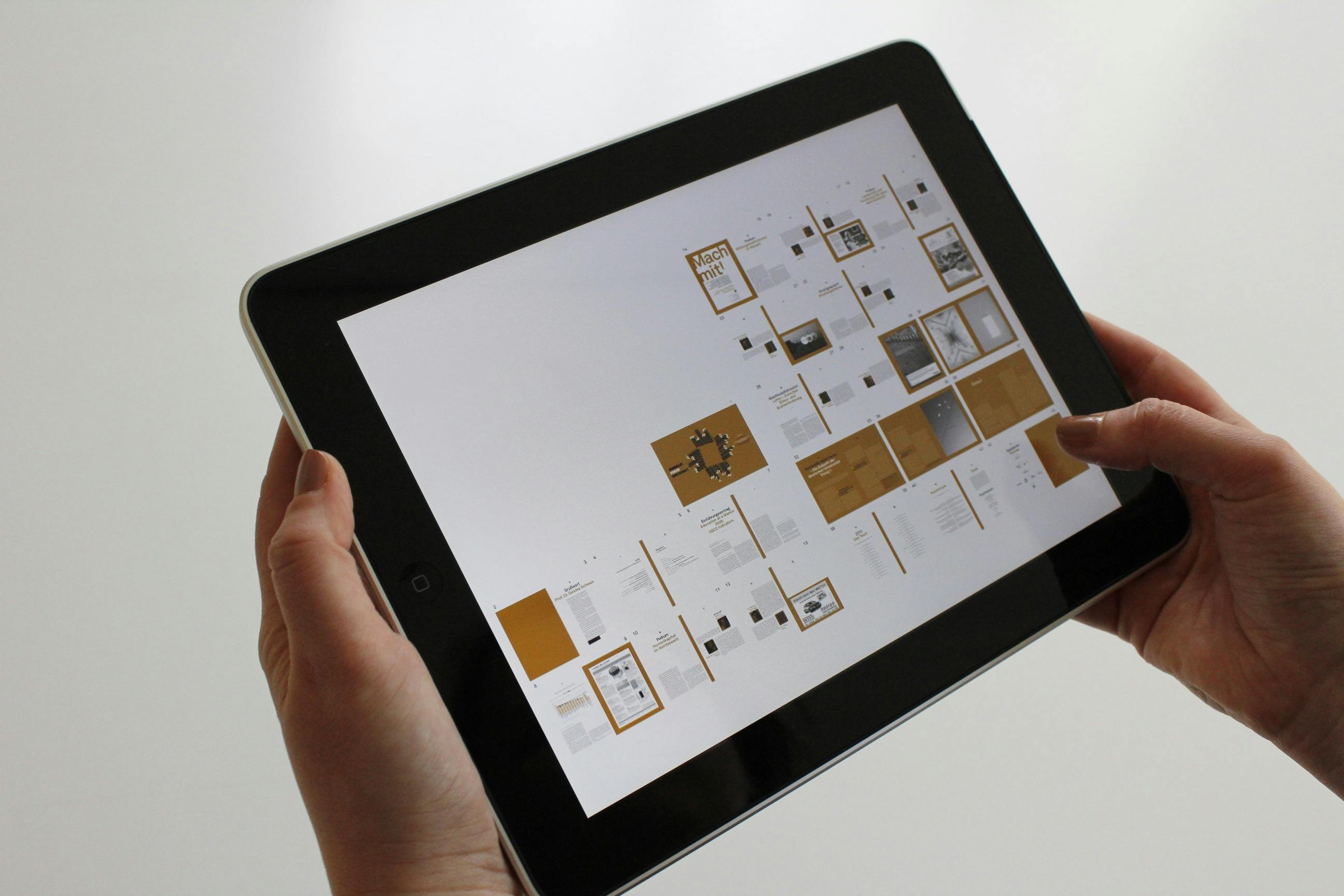The excitement that Paladin Resources Limited (TSE: PDN) has been quietly generating through the uranium mining sector puts African uranium mining squarely in the spotlight. Bordering South Africa, Botswana, Angola and the South Atlantic Ocean, the country of Namibia is already one of the world’s top uranium producers, supplying global utilities with between six and eight percent of the oxide of freshly mined uranium from the world’s supply to power its nuclear reactors. In a historic development, two sales contracts were recently announced to purchase uranium from Paladin’s Langer Heinrich uranium project before the mine has been commissioned (scheduled to open in September 2006). Both contracts announced eight days apart in late January of this year were each for the delivery of more than 2 million pounds of U3O8 between 2007 and 2012. The company’s January 27 press release named a company unspecified American utility company as one of Paladin’s new clients.
Namibia is a uranium friendly mining country. In October, Mining and Energy Minister Erkki Nghimtina told the country’s National Assembly that “Namibia should consider developing its uranium ore reserves in light of rising world uranium prices.” The country has already been doing this, through Rio Tinto Group’s Rossing uranium mine for the past 25 years, which employs more than 800 employees. With the addition of the Langer Heinrich, more uranium will be mined.
El Rossing is one of the world’s largest open pit uranium mines with solid reserves. According to the company’s website, this mine “currently produces about 7.7 percent of the world’s uranium.” The Rossing uranium deposit is an intrusive deposit, with intrusive rocks in this category including alaskite, granite, pegmatite, and monzonite. Worldwide, deposits of a similar type include Palabora from South Africa and Ilimausaq from Greenland. In South Australia, a similar intrusive deposit, Radium Hill, was mined between 1954 and 1962.
The Paladin success story has prompted another junior uranium company, Forsys Metals (TSX: FSY), to press ahead with its late-stage uranium exploration project in the Erongo region of Namibia. Last May, a bottom-fishing investor could have easily bought shares of Paladin Resources for less than C$1 a share (the minimum was C$0.86). Those shares recently traded as high as Cdn3.30 a share, a gain of 300 percent (or more) in less than twelve months. How does Forsys Metals compare to Rossing’s giant uranium mine and Paladin’s burgeoning Langer Heinrich? Forsys Metals shares today are in the same trade that Paladin Resources might have found less than a year ago. Forsys has started a pre-feasibility study on the company’s uranium deposit in Valencia, which should boost investor interest if the company takes positive steps towards achieving that goal.
Forsys Metal’s Valencia uranium deposit
Forsys Metal’s Valencia uranium deposit is located 35 kilometers along the geologic strike of the Rossing uranium mine and approximately 40 kilometers north of the Langer Heinrich deposit. “This is a granitic uranium (uranium mineralization in granite) deposit, which is geologically similar to Rossing,” said Duane Parnham, president and chief executive officer of Forsys Metals. “We have completed a National Instrument 43-101 compliant technical report verifying Goldfields Namibia’s historical work between 1973 and 1986. It describes a historical resource of over 20 million pounds of U3O8.” Parnham explained that mineralization is exposed at surface and the deposit remains open for further expansion. “Valencia is also a warehouse that we believe can be moved quite quickly to a production stage,” Parnham said. “The deposit is amenable to conventional open pit mining methods.”
According to the National Instrument 43-101 technical report submitted in October 2005 on the Valencia uranium property by Graham Michael Greenway, a registered geological scientist with the South African Council of Natural Science Professions, “uranium mineralization is present on the property from the Valencia Project as uraninite (UO2) mineralization… Uranium mineralization has been identified in an area of 1,100 m north-south by 500 m east-west… Uranium mineralization occurs efficiently in the finer-grained alaskite…Uranium mineralization is variably distributed throughout the alaskite intrusions, and in many cases the high-grade mineralization is in contact with poorly mineralized or barren alaskite.”
The Valencia project area is located in the Central Zone of the Damara Orogenic Belt of Africa. This belt belongs to the late Precambrian, early Palezoic, and Pan-African Mobile Belt system that traverses the African continent. Medium to high degrees of metamorphism and bulky granite intrusions characterize the Central Zone. In a 1992 report titled Uranium: Namibia’s Mineral Resources, published by the country’s Ministry of Mines and Energy and the Geological Survey, geologists Roesener and Schreuder wrote: “All of the uraniferous granitic occurrences discovered in Namibia are situated in the Namibia Zone. Central.”
The geology is similar to the Rossing uranium mine, according to Duane Parnham. Greenway also suggests geological similarities. On his resume, Mr. Greenway disclosed that he had completed a mineral resource estimate for the Valencia project while working for Rossing Uranium Ltd. After graduating from the University of Natal in South Africa, Greenway has worked for 15 years as a geologist, ten of those years he dedicated to evaluating and calculating mineral resources. In its conclusion presented in National Instrument 43-101, Greenway wrote: “The Valencia Uranium Project contains an alaskite-hosted uranium deposit similar to other uranium deposits found in the Central Damara Orogen Zone. The main zone of mineralization It is 520 meters wide, 720 meters long and 200 meters thick and occurs from the surface to a depth of 360 meters.” Greenway estimated that with a cut-off grade of 0.17 kg/t U3O8, the currently defined inferred mineral resource at Valencia is 32 million tonnes grading 0.22 kg/t U3O8.
Assessment
Where water costs are high, uranium mining can become expensive and uneconomical. It is true that Forsys Metal’s property in Valencia is located in a desert region. Distant water would require a pipeline. For example, the current pipeline to the Rossing uranium mine requires 2 million cubic meters of water to be pumped into it daily. Mr Parnham sees this as a potential danger, but believes that the pipeline to the Rossing mine could be extended to the Valencia deposit, should it become a uranium-producing mine. The Langer Heinrich also has a pipeline to pump the precious in order to extract the uranium. However, with that concern, there is the flip side. The Rossing mine is reported to produce uranium for less than $20 a pound. Some estimates go as low as $12/lb, but with a rising uranium spot price seemingly set to exceed $40/lb, any production cost below $20/lb, in sufficient quantity, could be bankable. One uranium expert suggests that Rossing may be in the process of expanding its uranium production, due to the rising spot price of uranium, to tripling its current capacity.
The water problem could be solved in the context of Namibia’s energy import climate. Currently, the country is reported to import around 80 percent of its energy from South Africa. The controversial Swakopmund desalination plant, first announced in 1998, could be revived to meet the country’s growing water needs. The country may need to drill more water wells. In either case, miners can get creatively inventive when grappling with environmental concerns to produce their commodity. In this case, helping Namibia solve its water problems could very well help that country accelerate its industrial growth strategy.
Based on the monthly increase in the value of his company’s potential assets, triggered by rising uranium spot prices, Parnham pulls no punches in explaining the direction Forsys Metals is heading: “We think we have a situation where we can expedite a pre-feasibility stage by conducting a limited amount of verification drilling and geotechnology drilling, and then make a formal decision to move immediately to a bankable feasibility stage.” How fast can Forsys Metals move forward? In the case of Paladin Resources, they accelerated their project in less than two years. Will history repeat itself with Forsys Metals? Stay tuned.
COPYRIGHT © 2007 by StockInterview, Inc. ALL RIGHTS RESERVED.



